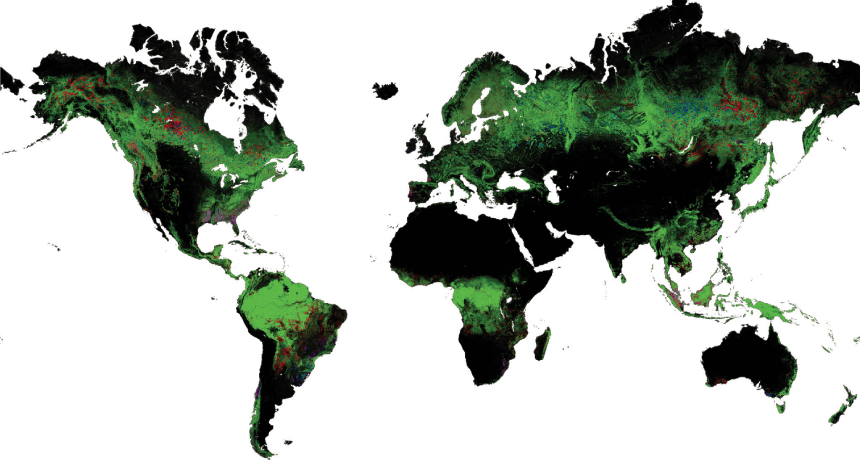Online map tracks forest shifts from space

FOREST MAP A new tool layers satellite images onto a Google map to show changes in forest cover.
M. Hansen et al/Science 2013

FOREST MAP A new tool layers satellite images onto a Google map to show changes in forest cover.
M. Hansen et al/Science 2013